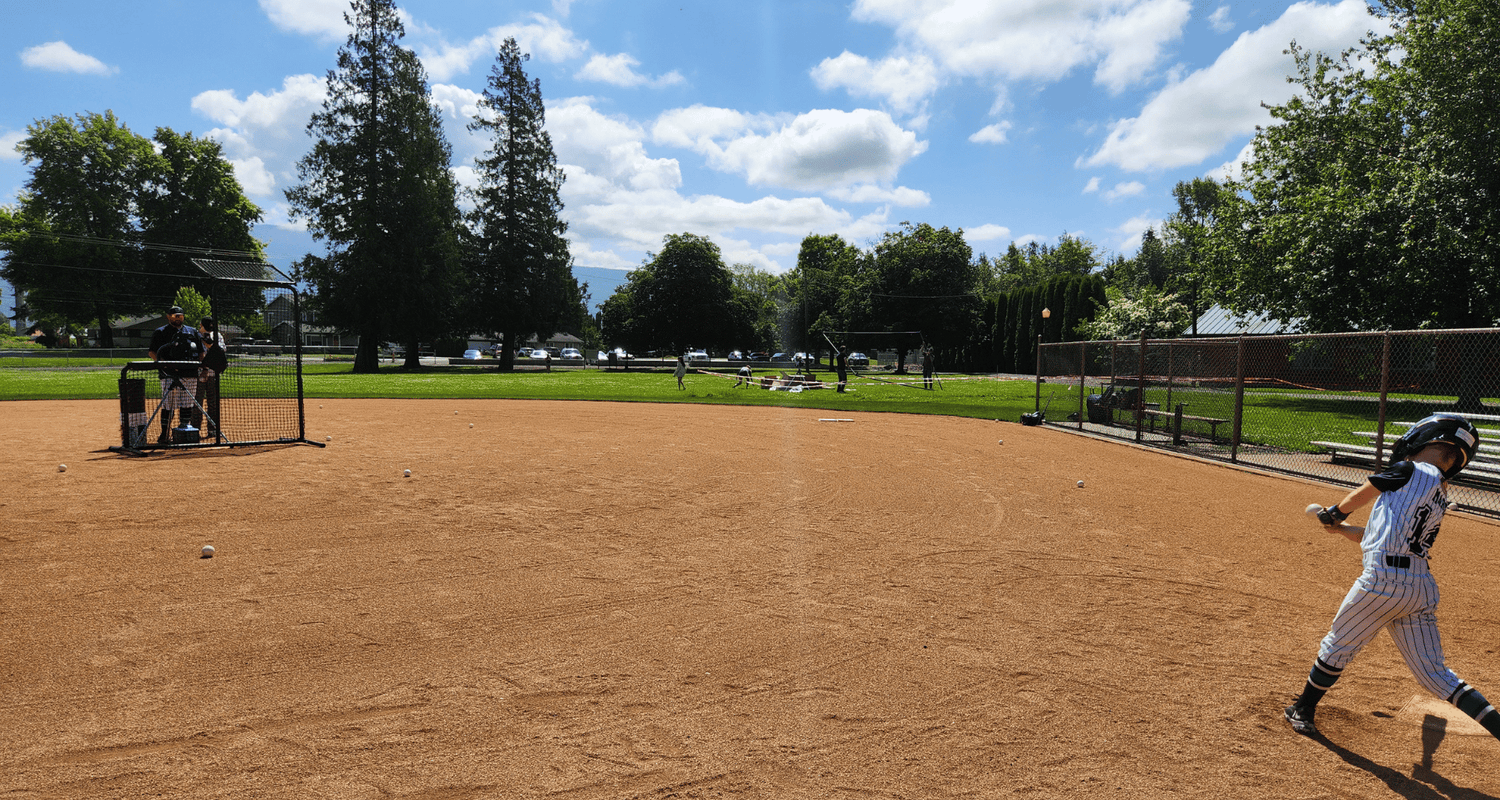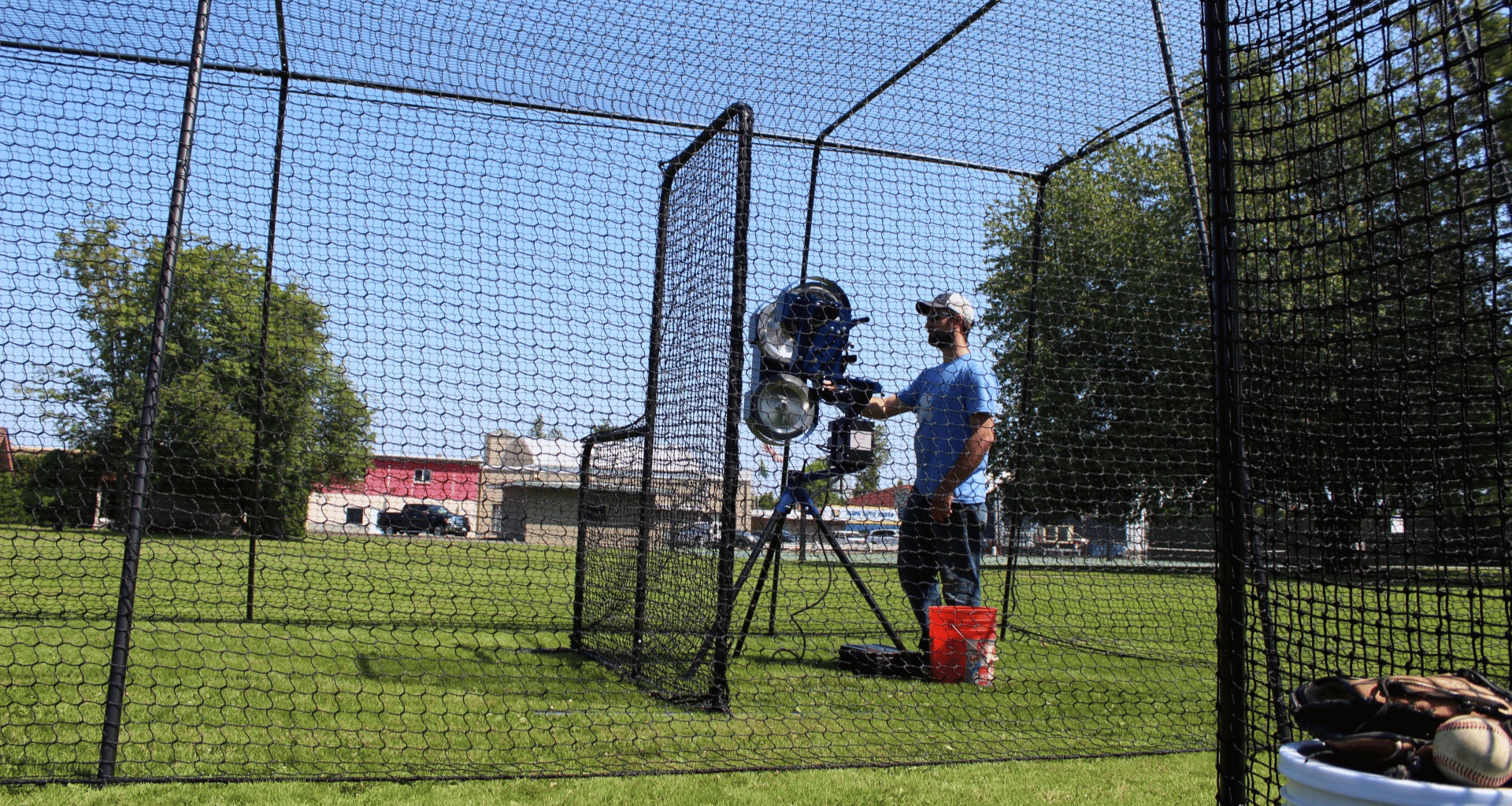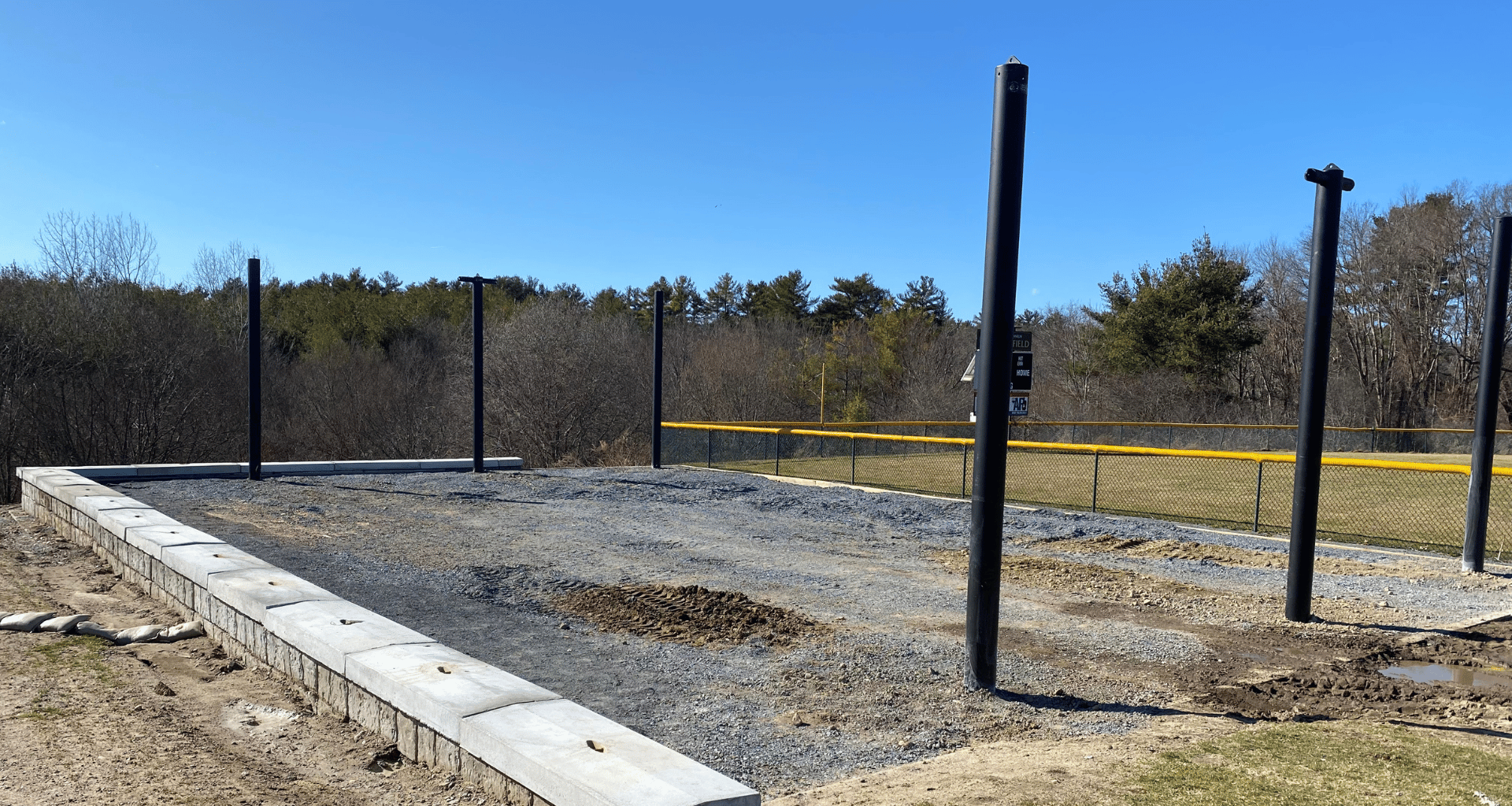When it comes to baseball and softball training, one of the most crucial aspects for any player is improving their hitting skills. Whether you're a beginner trying to make contact with the ball or a seasoned batter aiming to refine your technique, practicing your swing is essential for success. While live pitching has long been the traditional way to develop hitting abilities, there is an increasing number of players and coaches turning to pitching machines as a valuable tool. In this article, we’ll explore the benefits of hitting on a pitching machine compared to facing a live pitcher.
- Consistency and Predictability
One of the primary advantages of using a pitching machine is the consistency it offers. Unlike live pitchers, who may vary their pitches based on fatigue, strategy, or even the time of day, a pitching machine delivers a steady, repeatable motion.
For batters, consistency is key. When a machine throws the same pitch at the same speed and angle, it gives players the opportunity to focus on the mechanics of their swing and hand-eye coordination without worrying about the variability that comes with facing a different pitcher every time. This controlled environment helps reinforce muscle memory and allows batters to work on their timing and contact with more precision.
- Speed and Accuracy Customization
Pitching machines are often adjustable in terms of pitch speed, location, and type of pitch. This flexibility allows players to tailor their practice sessions to their current needs. For example, if a player is struggling to catch up to fastballs, the machine can be set to throw a specific speed (say, 75 mph) to simulate game-like conditions. Alternatively, if a batter needs to work on hitting breaking balls, the machine can be programmed to throw curveballs or sliders at varying speeds.
This level of customization is difficult to achieve with live pitchers, who may have limitations in terms of pitch types or control. With a machine, players can fine-tune their practice to address specific weaknesses and develop a more well-rounded skill set.
- Repetition Without Fatigue
Live pitchers, especially in a practice setting, can tire quickly, especially when asked to throw countless pitches over a long period. This fatigue can affect pitch accuracy, speed, and overall effectiveness. Pitching machines, on the other hand, can throw a virtually unlimited number of balls without any loss of performance.
This means batters can get more swings in during a given practice session, allowing for a higher number of reps and, ultimately, more opportunities to improve. Repetition is crucial to developing muscle memory, and pitching machines enable players to get the volume of practice they need without the physical limitations imposed by a live pitcher.
- Focus on Mechanics and Timing
Because pitching machines deliver a predictable pitch, batters can direct their attention more toward the fundamental aspects of their swing mechanics, such as their stance, hand positioning, follow-through, and balance. When faced with a live pitcher, a batter might be more concerned with the unpredictable nature of the pitch—does it break? Is it inside? How fast is it coming? With a machine, there’s one less variable to worry about.
This allows players to break down their swing and fine-tune their mechanics in a controlled environment. For instance, a batter can focus on staying inside the ball, hitting the ball to the opposite field, or generating more power through their lower half without worrying about reading the pitch or reacting to unexpected movement.
- Increased Confidence and Reduced Pressure
For many players, especially younger ones or those still developing their skills, the presence of a live pitcher can create a significant amount of pressure. A live pitcher can be intimidating, and the anxiety of facing someone who may throw unpredictable pitches can take a toll on a player’s confidence.
In contrast, hitting on a pitching machine can create a less stressful, low-pressure environment. Players can get comfortable with seeing the ball, timing their swing, and getting feedback on each hit without the pressure of trying to perform in front of someone else. This environment can help players build confidence in their ability to make contact and improve their overall approach at the plate.
- Perfect for Specific Training Goals
Pitching machines also provide an excellent tool for focused training on particular aspects of hitting. Batters can work on their:
- Pitch Recognition: By adjusting the machine to throw specific types of pitches (fastballs, curveballs, etc.), players can practice recognizing and adjusting to different pitches without the need for a pitcher to throw each type in a random order.
- Situational Hitting: Machines can be set to throw pitches at different locations, allowing players to practice pulling the ball, going the other way, or working on their ability to hit in certain situations (e.g., hitting behind a runner, swinging with two strikes, etc.).
- Bat Speed and Power Development: By adjusting pitch speeds or using machines that throw balls at varying velocities, batters can work on improving their bat speed and generating more power, which translates directly into more solid contact and better hitting results in games.
- Perfect for Group or Solo Practices
Pitching machines are an excellent option for both individual practice and team drills. In group settings, multiple players can take turns hitting without having to wait for a pitcher to throw each ball. This allows for more efficient practices, particularly when resources or time are limited.
For solo practice, a pitching machine allows a player to work on their swing without the need for a partner. Many machines are portable, so players can even set them up at home or in the backyard to get in some extra swings without needing a full team or a live pitcher.
- Less Risk of Injury
Live pitching can be hard on a pitcher’s arm, and there’s always the risk of a pitch coming in too high, too fast, or getting away from the pitcher entirely. Batters, too, are not immune to injury—wild pitches, errant throws, or even collisions with the catcher or other players can result in accidents.
Pitching machines, on the other hand, are designed to be safe and predictable. They provide a more controlled environment for both pitchers and batters. For players worried about the risks associated with live pitching, especially in training environments, using a pitching machine is a safer alternative.
Conclusion: A Balanced Approach
While pitching machines offer numerous benefits—especially in terms of consistency, repetition, and customization—they should not be seen as a replacement for live pitching. There are invaluable lessons to be learned from facing a live pitcher, including how to react to pitch movement, adjust to varying speeds, and cope with the psychological aspect of the game.
For optimal development, players should incorporate both live pitching and machine work into their training routines. Live pitching can help simulate game conditions, while pitching machines can be used to hone specific skills and mechanics. When combined, these two methods provide a comprehensive approach to hitting that will help players maximize their potential at the plate.
Whether you’re training alone or with a team, both live pitching and pitching machines have their place in a well-rounded hitting regimen. By understanding the benefits and utilizing each approach strategically, players can become more confident, consistent, and effective hitters.




Leave a comment
All comments are moderated before being published.
This site is protected by hCaptcha and the hCaptcha Privacy Policy and Terms of Service apply.